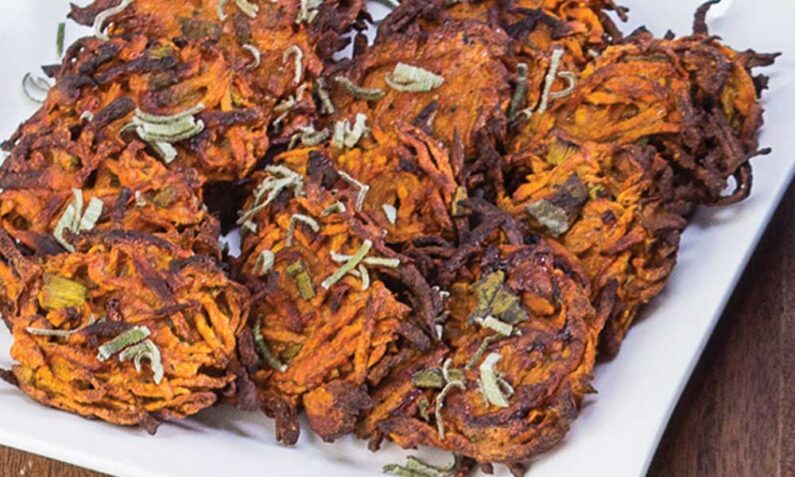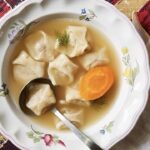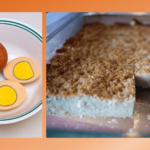Thanksgiving is an interesting holiday for the Jews. Certainly we are quite familiar with the concept of a thanksgiving feast; in Hebrew it is called a seudat hoda’ah, and it is commonly done for personal reasons by Jews around the world. But since, in America, it is one of the most widely observed holidays, yet does not come with accompanying religious rituals (Christian, pagan, or otherwise in origin), it is a holiday with special significance for American Jews. They can participate in observing the holiday, eating all of the traditional Thanksgiving foods, just like any other American. It is thus an important day for the acculturation of American Jews into their wider society.
Even within Orthodox Judaism, many of the most respected rabbis of the past hundred plus years have agreed that an observant Jew is permitted to celebrate Thanksgiving. And since most of the classic foods of the holiday are not inherently unkosher (turkey not ham, no required milk-and-meat mixtures, etc), most American Jews celebrate the holiday just as their non-Jewish neighbors and friends do. That being said, there is also no reason, particular for those with a more liberal attitude towards Thanksgiving food traditions, not to infuse the menu with traditional Jewish foods.
Jews are no strangers to large festive meals. In addition to our weekly Shabbat meals, we also make a genuine feast for Passover seder each year, and many do the same for Rosh Hashana or Sukkot as well. So let’s fuse it all into a Jewish traditional Thanksgiving feast! I don’t mean to list here foods that Jews traditionally eat on Thanksgiving (though I’m fairly certain that some, if not all, have been eaten in this context). Rather, I am looking at genuine traditional Jewish foods that by their ingredients and flavors fit perfectly on the classic American Thanksgiving table.
The Sides
For many Americans, the sides on the Thanksgiving table are even more important than the main course. Lucky for us, most of the best examples I’m thinking of fit into this category.
One of the first ones I thought connect with pumpkins. Sephardic Jews have long prepared a pumkin-filled boureka, which to me sounds perfect for a Thanksgiving side dish. A bit of history and a recipe for them can be found here, though this recipe does contain dairy, so might not work for many observant Jews on Thanksgiving. But this recipe is dairy free, so might work better. The so-called pumpkin spice that many love (so-called because it contains no pumpkin, so might be better named as spice for pumpkin pie) can easily be increased in these recipes.
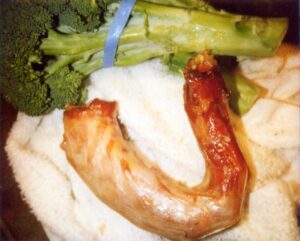
Let’s say you’re making a whole turkey anyway. Why not use the neck skin for that classic Ashkenazi “bonus food,” helzel? This will combine turkey with another Thanksgiving classic: stuffing. Use the traditional and simple dough filling that is standard in helzel, or pump it up to more Thanksgiving-like levels by using a variety of cornbread stuffing (a variant on Romanian helzel) or even any other standard Thanksgiving stuffing.
Another good option as a Jewish Thanksgiving food stuffing (either in the helzel or on its own) is farfel, mixed with onions and mushrooms. But what I think would be the perfect traditional Jewish food for a Thanksgiving stuffing substitute is a Yemenite fatut. Malawach (a Yemenite Jewish puff pastry) is cut into strips, mixed with egg, and then fried up with whatever you like. I recommend onions, mushrooms, some scallions, maybe even some tomato or chopped peppers. If you like your food spicy, add in a bit of schug too.
The Main
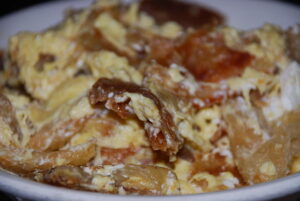
For starters, if you want to stick with turkey as your core protein, two of the most popular Israeli street foods are typically made using that poultry. In fact, because of them, Israelis eat more turkey per capita than any other nation on earth. So why not make a batch of turkey shwarma for your Thanksgiving feast? Alternatively, Israleis love their schnitzel, and though chicken is most popular these days, turkey schnitzel still is not uncommon, and is more “old school” when it comes to Israeli Jewish cuisine.
Lastly, if you’re even less traditional, no one says you have to make turkey! I am not a big fan of turkey in general. So my first Thanksgiving I hosted, I served brisket and breast of veal, and I don’t recall a single guest complaining about there not being any turkey there. The latter might not be an old-school Jewish classic, but brisket certainly is. And I see no problem at all serving it up on the Thanksgiving table.
These are just a few ideas, but I think it is fun to think about fusing the foods of our various traditions (Jewish and American) at the Thanksgiving feast. After all, this represents the fusion of cultures that American Jewry enjoys — fully Jewish and yet fully American too.
Happy Thanksgiving everyone!
Pass this along to Another Jewish Foodie

